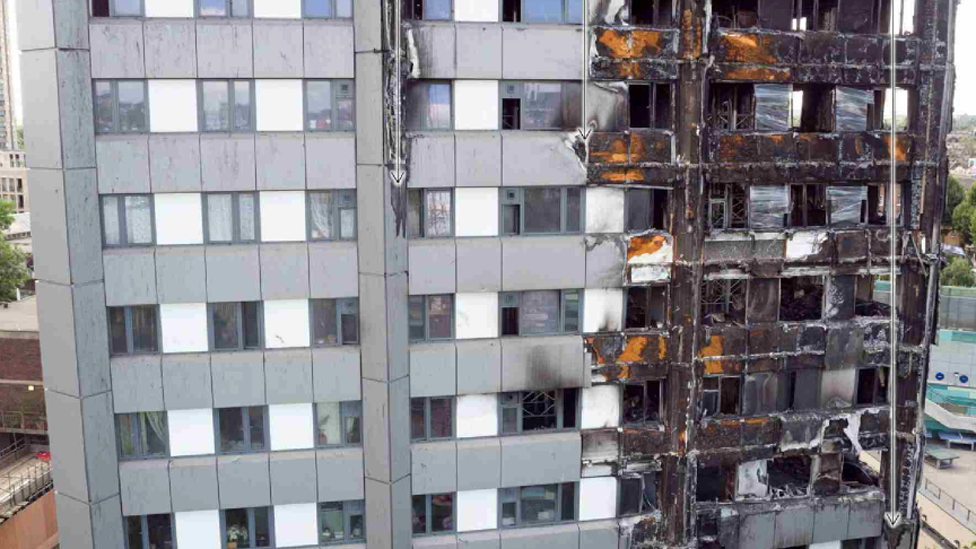Grenfell Tower: Cladding 'changed to cheaper version'
- Published
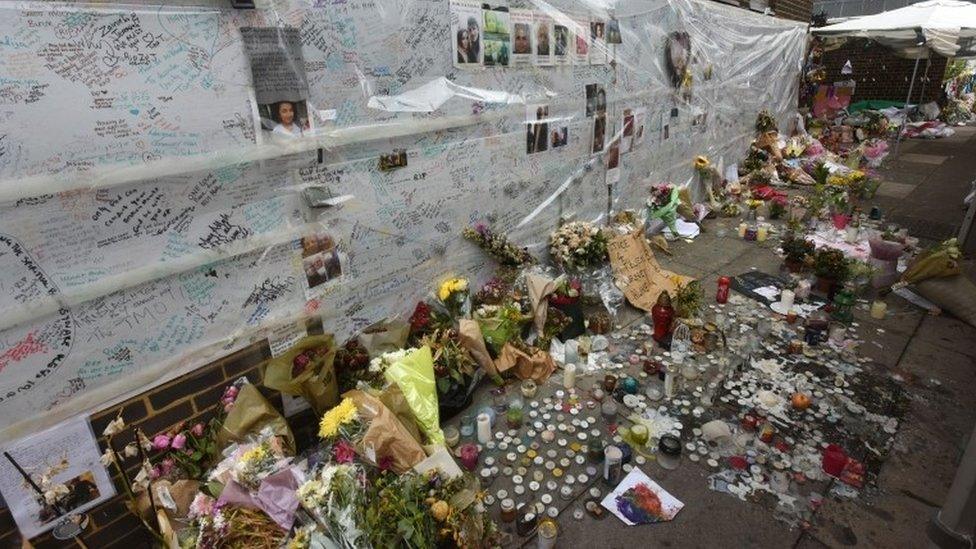
Cladding fitted to Grenfell Tower during its refurbishment was changed to a cheaper version, documents obtained by the BBC suggest.
Documents show the zinc cladding originally proposed was replaced with an aluminium type, which was less fire resistant, saving nearly £300,000.
The cladding is thought to have contributed to the spread of the fire that killed at least 80 people.
The leader of Kensington and Chelsea Council has stepped down.
Nicholas Paget-Brown said he accepted "responsibility for these perceived failings in particular my decision to accept legal advice" over the council's first cabinet meeting since the disaster.
On Thursday, it adjourned its meeting after 20 minutes after it was forced by a court order to admit the press and public.
The council halted the meeting, claiming it would "prejudice" the forthcoming public inquiry.
However, Downing Street has criticised the council, saying the High Court had ruled the meeting should be open to the public.
"We would have expected the council to respect that," a spokesman added.
Meanwhile, the head of the Kensington and Chelsea Tenant Management Organisation has stepped aside so he can focus on "assisting with the investigation and inquiry".
The company, which manages Grenfell Tower on behalf of the council, said it will appoint an interim chief executive to replace Robert Black.
There were angry scenes when members of the council's cabinet walked out of the meeting
The documents obtained by the BBC reveal contractors working for Kensington and Chelsea council were asked in 2014 to replace zinc cladding with a more economical aluminium version.
One document - a list of requested savings sent to contractors in July 2014 - details potential savings of £693,161, reducing the cost of the contract from about £9.2m to £8.5m.
It includes £293,368 that would be saved by fitting "aluminium cladding in lieu of zinc cladding".
The switch allowed for a change of colour, but the BBC has been told another key reason was to save money.

The leaked documents estimated the cladding changes would save £293,368
Documents seen by the Times newspaper, external, reportedly show that, days earlier, the local management organisation had sent an "urgent nudge email" to the construction consultants involved in the refurbishment.
It says the email urged them to provide "good costs" on cladding that could be shown to the councillor overseeing the work.
Earlier planning documents suggest the original plan was for zinc cladding with a fire-retardant core.
Residents had also been told their new cladding would be made of zinc. Despite their differences, both types of cladding have the same official fire rating.
Police investigating the disaster have said the tower's cladding has subsequently failed safety tests.
The savings were part of an ongoing effort by the council and the local tenant management organisation to drive down the cost of the refurbishment.
Lord Porter tells Radio 4 Today that the government has not re-tested high-rise buildings "properly"
A source close to one of the many companies involved in the project said the change was typical of constant pressure by councils to reduce the costs of building refurbishments.
Council minutes from 2013 show dissatisfaction with the initially-preferred contractor for not keeping the scheme within budget.
Further bids were invited, and this led to the appointment of a different contractor in 2014 which was then asked to make savings including on the cladding.
Kensington and Chelsea London Borough Council has promised to co-operate fully with all investigations into the fire.
Cladding failures
Tests are being carried out on 600 buildings around the country following the fire on 14 June.
On Friday, Downing Street said cladding from 149 tower blocks in 45 local authority areas had failed fire safety tests.
Every panel tested had failed combustibility tests, it added.
An expert panel set up in the wake of the fire said cladding that has failed safety tests may still be allowed to stay attached to high-rise blocks.
The Independent Advisory Panel said it would ask experts whether the material could stay on a building "under certain approved circumstances".
Meanwhile, Jeremy Corbyn has written to the prime minister saying the inquiry should be broadened as the disaster "has much wider implications" on a national scale.
The Labour leader called upon Theresa May to make a commitment to ensure Grenfell residents "are as fully involved as possible as the inquiry progresses".
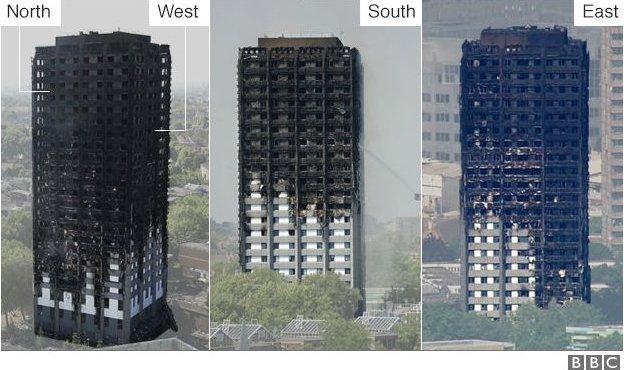
► What happened at Grenfell Tower?
Lord Porter, chairman of the Local Government Association, said fire safety tests on cladding from high-rise buildings were flawed.
He criticised the tests for focusing on the core of the panel - rather than the panel as a whole.
He told BBC Radio 4's Today programme that "isn't the right thing to test", adding: "The government needs to listen to a wider set of opinions and not just the experts they have got."
Number 10 said the government was urging councils to carry out their own safety checks and to put mitigation measures in place where there are concerns.
Meanwhile, the Sports Ground Safety Authority (SGSA), which monitors safety conditions at Premier League and Football League grounds, has written to football clubs across the country to ask them to check on any external cladding on stadiums.
- Published29 June 2017
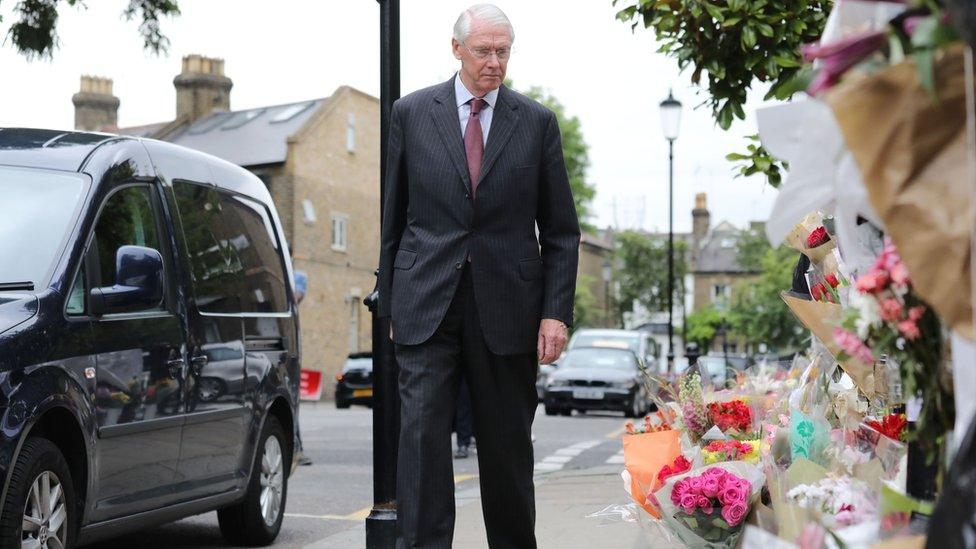
- Published29 June 2017
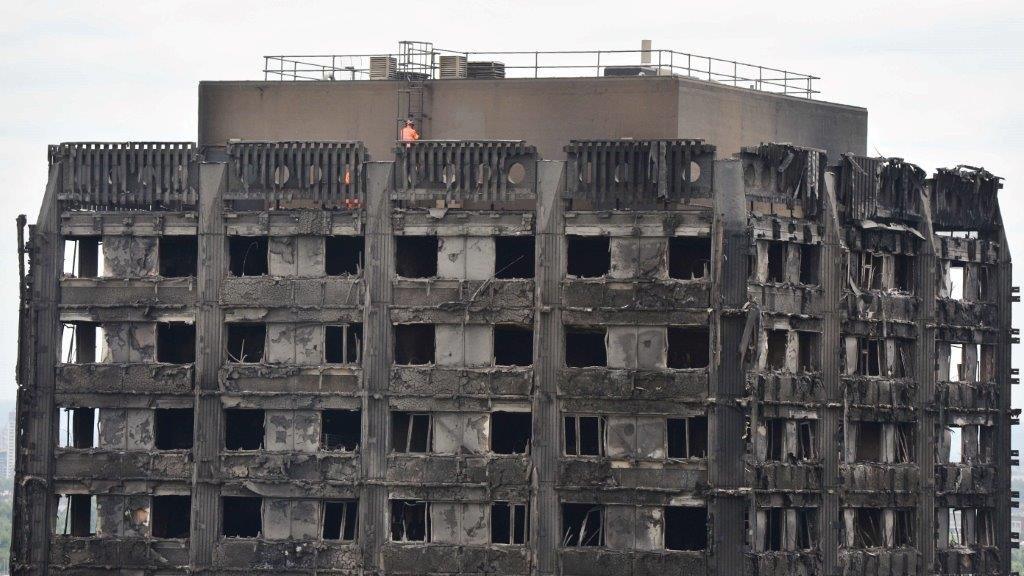
- Published30 May 2018
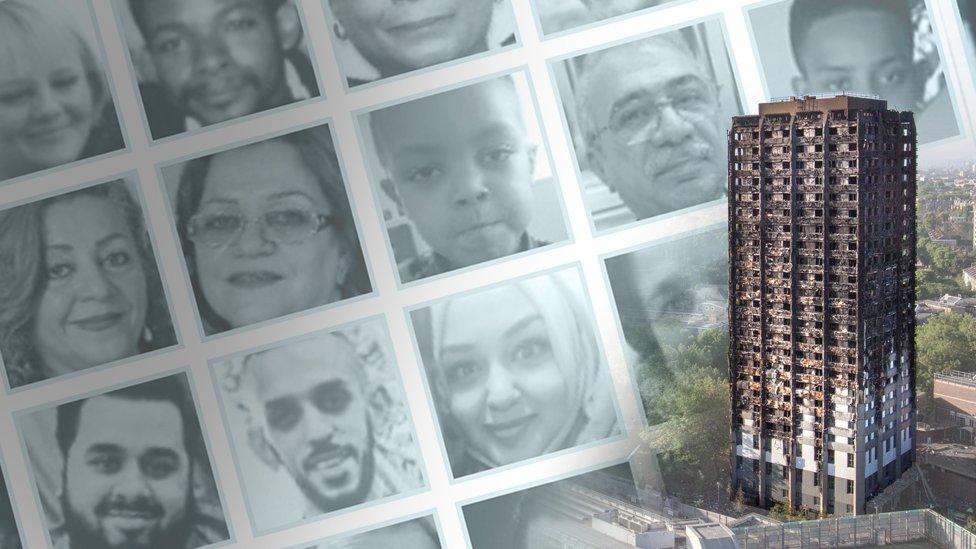
- Published29 October 2019
